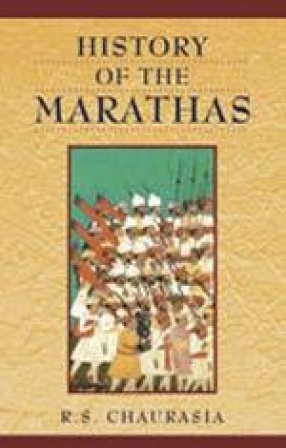This book deals with history of the Marathas. Marathas became paramount power after the disintegration of Mughal Empire. After the third battle of Panipat in 1761 and of Buxar in 1765, Marathas installed Muhal Emperor Shah Alum at Delhi under their protection. Marathas-Sindhian forces were defeated in the battle of Assaye and Laswari by British forces led by duke of Wellington, who later on defeated Nepoleon Bonaparte and Lord Lake. After this Mughal Emperor Shah Alum came under British control. In spite of defeat of Marathas in 1818, Dault Rao Sindhia succeeded in saving his Gwalior state without accepting subsidiary alliance during his life-time and his wife Raiza Bai played an important role in bringing upheaval of 1857. Sindhian family followed pragmatic diplomacy. Sindhia family continues to play an important role in Indian politics and the last Sindhian ruler became Raj Pramukh of Madhya Bharat. After the abolition of Privy purse, Vijay Raje Sindhia and Basundhra Raje in B.J.P. and Madhavrao Sindhia and Jyotiraditya Sindhia in Congress continued to play an important role in Indian politics and are related with Nepal and Kashmir royal family. This book deals with political aspects of Marathas-Sindhian politics along with their social, economic and administrative aspects. Justice was fair, quick, cheap and impartial and there were not arrears of cases while now more than 300 million cases are pending. The book is based on original documents as well as on contemporary books and is, therefore, very useful for teachers, research scholars, students and readers who may be interested to know social, cultural, economic and judicial set up and Indian way of life of pre-British days.
History of the Marathas
In stock
Free & Quick Delivery Worldwide
reviews
Bibliographic information
Title
History of the Marathas
Author
Edition
1st ed.
Publisher
ISBN
8126903945
Length
xxi+266p., 23cm.
Subjects




There are no reviews yet.